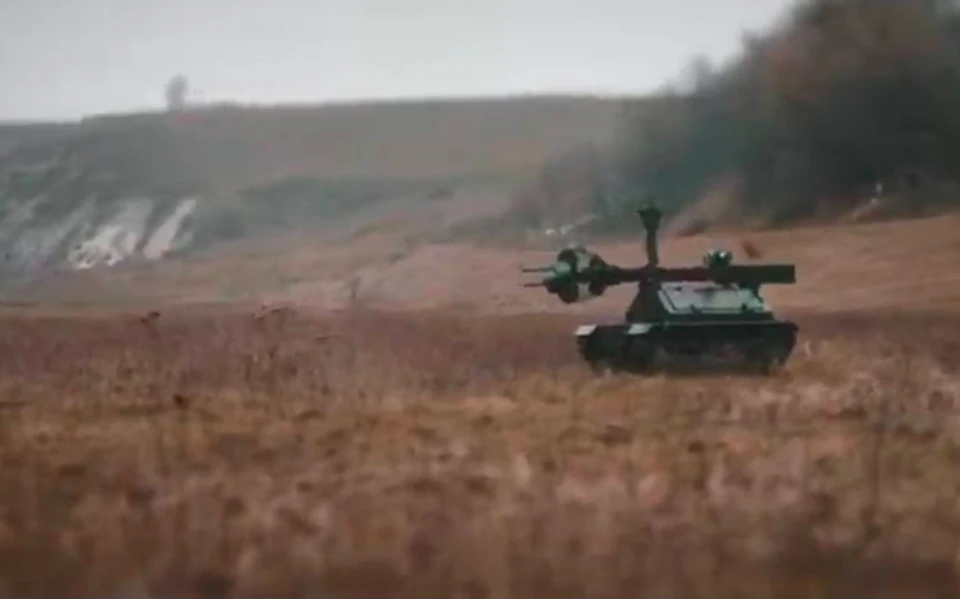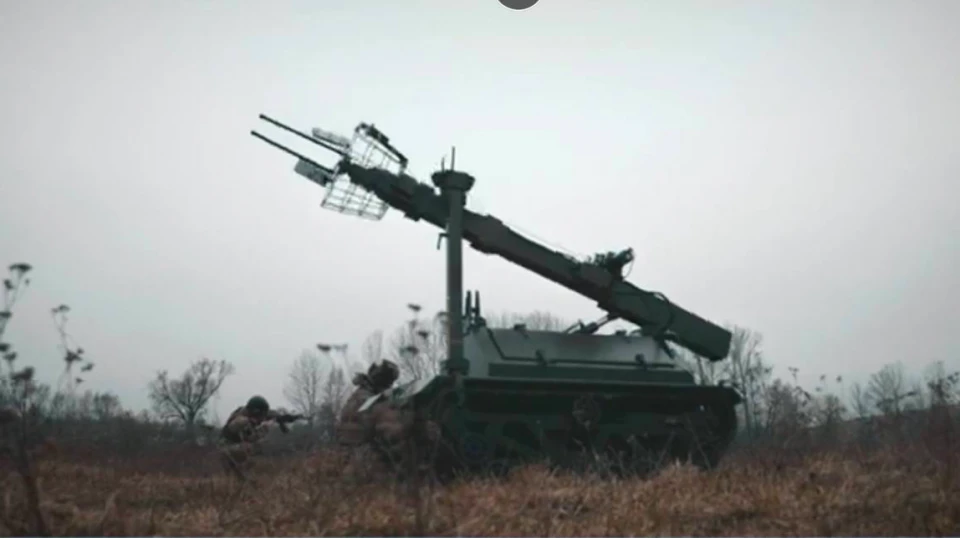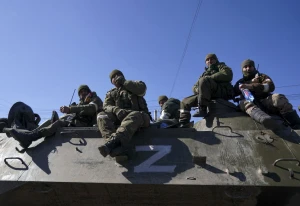
Ukraine’s military reform: key goals, objectives. Serhiy Zgurets’ column
In Ukraine, corps are planned to be formed not from divisions, but from brigades. Likely, four or five brigades will form the core of the new corps, along with combat and logistical support units
Ukrainian Armed Forces shift to new organizational structure
Ukraine is witnessing changes in its military structure. On February 3, the Supreme Commander-in-Chief stated that a plan for transitioning to the new organizational structure of the Ukrainian Armed Forces and the creation of corps has already been approved.
So, what is a corps? A corps is not a tactical, but an operational-tactical unit. Traditionally, a corps consists of about two to four divisions and can have up to 50,000 personnel.
However, in Ukraine, corps will be formed not from divisions, but from brigades. Likely, four or five brigades will form the core of the new corps, along with combat and logistical support units. This means, in addition to combat brigades, there will be units or parts responsible for air defense, artillery brigades, and possibly engineering brigades, so that the corps can independently perform nearly all tasks needed on the battlefield.
There have been claims that the plan involves the creation of as many as 20 corps. These are optimistic estimates, considering that there are currently more than 100 different brigades and regiments of various subordination operating on land.
By the way, the Ukrainian Defense Forces already have five or six corps: the 5th, 9th, and 10th Corps, and possibly the 12th Corps, along with the Marine Corps created in 2023 and the 7th Air Assault Corps. All these corps will likely undergo some changes.
What are we aiming to achieve with this reform? It is expected that the corps will operate as a cohesive unit. The corps commander will bear full responsibility for their defense sector. This sector can vary from 30 to 150 km, depending on the area and the situation. It is believed that the corps structure will eliminate the shortcomings present at the current level of command, as currently brigades fight alongside regiments, with attached battalions. Many of these brigades are managed by operational-tactical command, meaning temporary command structures that do not always have full knowledge of the condition of each brigade. Sometimes, they lack the ability to reinforce these brigades, which reduces the effectiveness of utilizing all these forces and resources at a given section of the front.
It is now believed that a corps, as a unified organizational structure, will ensure, firstly, command unity: the commander will be responsible for the training of regular units, realistically assessing the combat capabilities of all their military units, determining which brigade will be assigned to specific areas, ensuring rotation, and so on.
Secondly, it will allow for more initiative on the front line, as the command will be able to directly manage its regular units without the need for attached forces, except for aviation. Artillery, air defense, and mechanized units should all be part of such a corps.
Additionally, it is likely that the use of attached units, which currently function as fire brigades, will be avoided, and manual management at the tactical level will be reduced. At present, commanders of operational-tactical units (OTU) and operational-strategic units (OSU), and sometimes even higher levels, try to manage individual battalions, companies, or platoons at certain sections, bypassing the direct commanders.
Commanders of individual brigades have repeatedly mentioned the need to restore the corps and division structure. According to preliminary data, which has already been reported in the media, the new corps will primarily be formed around the 3rd Separate Assault Brigade, and likely around the 92nd Separate Mechanized Brigade. Corps will also be created in the National Guard, with the 12th Azov Brigade and the 13th Khartiya Brigade serving as the core of the new corps. All of these commanders will gain new experience and become the individuals who will truly master the transition to the new organizational structure, which will take some time.
By immediately merging brigades into corps, certain management-related problems will arise. It is also likely that the preparation of officers and leadership will be a challenge in transitioning to the new structure. However, this is a step in the right direction, as experts have repeatedly stated, and it is what the military-political leadership is currently carrying out, having publicly acknowledged the changes in the structure of the Ukrainian army.
Frontline update: Russian advancements and losses
Meanwhile, heavy fighting continues on the frontline. It is worth reviewing the results of January. Many analytical organizations have concluded that the pace of Russian advance slowed last month, though there are nuances.
The Institute for the Study of War (ISW) made two key assessments widely reported by Ukrainian media. First, Russia’s advance has not slowed compared to August. Second, Russian losses remain extremely high.
These conclusions are generally correct, but there are details to consider. ISW claims that the Russians captured 498 sq. km in January, but this figure is inaccurate. According to DeepState and other analytical sources tracking Russian advances, the actual territory gained by Russian forces in January is about 325 sq. km, plus 50 sq. km in the Kursk region. These figures are significantly lower than ISW's estimates. Additionally, Russian losses in December and January were the highest in recent months, which is another crucial factor to consider.
In December, Russian losses amounted to 48,670 killed and wounded, while in January, the number reached 48,240. These figures exceed the rate at which Russia can replenish its forces through covert mobilization, even with substantial financial incentives.
Notably, in January, the number of destroyed Russian vehicles increased significantly, while losses in tanks and armored vehicles declined. Russian forces suffered record losses in transport vehicles - 2,954 units - including both military and civilian vehicles used for assaults. This reflects Russian constraints on heavy armored vehicles, which are being effectively destroyed, forcing them to use all available means to transport infantry to the front lines.
A video from Ukraine’s 5th Separate Assault Kyiv Brigade illustrates how the Russians operate. A Russian BTR-82 carrying 11 Russian soldiers was advancing into Ukrainian territory. After dismounting, the group was eliminated within minutes using precision drone strikes - none survived.
This effective work against the Russian army demonstrates how well-developed Ukraine’s tactics are in using drones with precision strikes to eliminate invaders. It’s worth noting that the 5th Separate Assault Brigade is holding the defense in the Chasiv Yar area, where Russian forces continue attempts to advance but suffer massive losses.
A clear trend is emerging: in January, the Russian rate of advance decreased. For the second month in a row, we are tracking the territory the Russians manage to capture, yet their losses remain extremely high. This confirms that exhausting the occupiers by inflicting heavy casualties is a key element of Ukraine’s defensive strategy.
Robotic platforms for Ukraine’s Armed Forces
Now, let’s talk about what helps us hold the defense line and save the lives of Ukrainian soldiers - robotic platforms. We have repeatedly spoken in our segment with designers and directors of top enterprises supplying robotic platforms to Ukraine’s Defense Forces. We have discussed robotic platforms from Ratel and also Rover Tech, which supplies the well-known Zmiiy-500 systems.
We will meet again with a company that has already been featured in our segment, but this time for an exciting reason. This concerns a new project by the company Robotized Complexes, which supplies several robotic platforms to the Armed Forces of Ukraine, but with some nuances.
Ihor Chaikovskyi, the founder of Robotized Complexes, revealed that they have now introduced a remotely controlled mast for the Security and Defense Forces. While this may seem like a simple engineering tool, it serves a very specific purpose. We see how frequently and effectively FPV drones are used on the battlefield, and we also understand that FPV drone pilots are prime targets for the enemy. The goal of such robotic systems is to keep FPV drone pilots as far away as possible from the strike zone, ensuring they can operate drones remotely while staying at a safe distance.


These masts are also designed to improve coordination and communication, especially when operations take place deeper in the "gray zone" or along the front line. This ground-based robotic platform was created to enhance communication, coordination, and, most importantly, to save lives.
The founder of Robotized Complexes emphasized that different branches and groups of the military require entirely different tools. Each branch has its own specifics, and every unit has tasks that need to be executed accordingly. Furthermore, this project is not the last innovation to be introduced this year. Robotized Complexes is currently testing several other promising prototypes, which will be unveiled to a wider audience in the near future.
- News












































